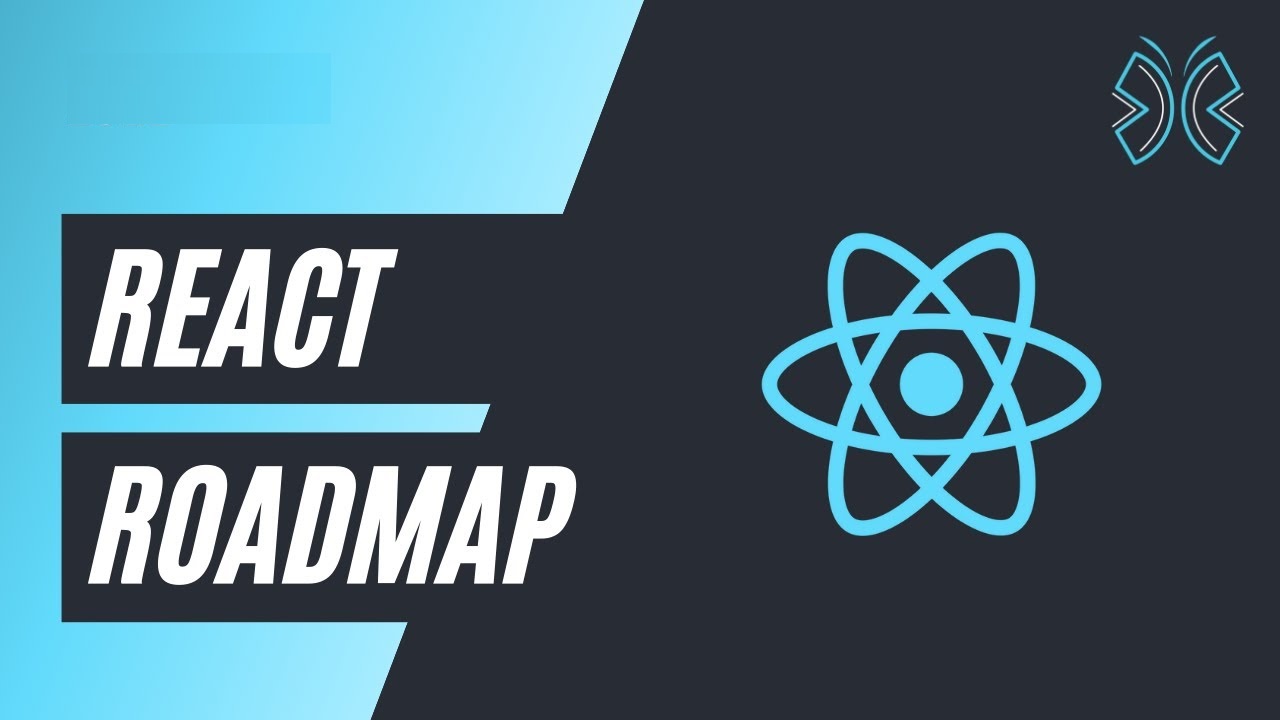Continuing from where we left off, the roadmap for React Native in 2023 involves not only keeping up with technological advancements but also adapting to changing market demands and user expectations. Let’s delve deeper into some of the aspects and emerging trends:
Emerging Trends in React Native
- Cross-Platform Development Beyond Mobile: React Native’s scope is expanding to include not just iOS and Android but also other platforms like web (React Native for Web), desktop (Windows and macOS), and potentially others in the future. This expansion will require developers to understand how to adapt their applications for different platforms while sharing a common codebase.
- Server-Side Rendering (SSR) for React Native: With the increasing focus on performance, particularly for eCommerce and content-heavy apps, SSR in React Native could become more prevalent, allowing for faster initial load times and better SEO.
- Adoption of New Architectures: React Native’s architecture is continuously evolving. The introduction of the new architecture, including JSI (JavaScript Interface), Fabric Renderer, and TurboModules, is aimed at improving performance and making the framework more flexible and efficient.
- Progressive Web Apps (PWAs): The integration of React Native with PWA technology, which allows web apps to function more like native apps, could see more focus. This combination could bridge the gap between web and mobile apps, providing a unified user experience.
Advanced Topics in React Native
- Machine Learning and AI Integration: As AI and ML become more accessible, integrating these technologies into mobile apps will be a key trend. React Native developers will need to learn how to incorporate AI/ML models into their applications, possibly using native modules or third-party services.
- Augmented and Virtual Reality: AR and VR are rapidly growing fields. React Native developers might need to learn frameworks like ViroReact, which allow for AR/VR development within a React Native environment.
- Blockchain and Cryptocurrency Applications: With the increasing popularity of blockchain and cryptocurrencies, there may be a demand for integrating these technologies into mobile apps, such as wallet functionalities or NFT (Non-Fungible Token) features.
- Accessibility and Inclusivity: Building apps that are accessible to all users, including those with disabilities, will continue to be an important focus. Developers must understand accessibility standards and how to implement them in React Native apps.
Personal and Professional Development
- Learning Pathways: Given the vastness of React Native, developers should choose learning paths based on their interests and career goals, whether it’s specializing in UI/UX design, performance optimization, or cross-platform development.
- Mentorship and Community Engagement: Engaging with the React Native community, finding mentors, and participating in forums and discussions can provide invaluable insights and accelerate learning.
- Portfolio Development: Building a diverse portfolio of projects, including open-source contributions, can showcase a developer’s skills and expertise to potential employers or clients.
- Soft Skills Development: Skills like problem-solving, effective communication, and teamwork are crucial, especially in collaborative environments or when dealing with clients.
The Future of React Native
Looking ahead, React Native is likely to continue evolving and adapting to meet the needs of an ever-changing technology landscape. Its flexibility, community support, and continuous improvement by Meta and contributors worldwide make it a robust choice for modern mobile app development.
Conclusion
The 2023 roadmap for React Native is not just about mastering the technology but also about understanding the broader context in which mobile applications are developed and used. Developers who are adaptable, continuously learning, and engaged with the community are well-positioned to excel in this dynamic environment. React Native’s ability to blend performance, versatility, and a rich user experience makes it a compelling choice for both new and experienced developers in the mobile app development arena.


